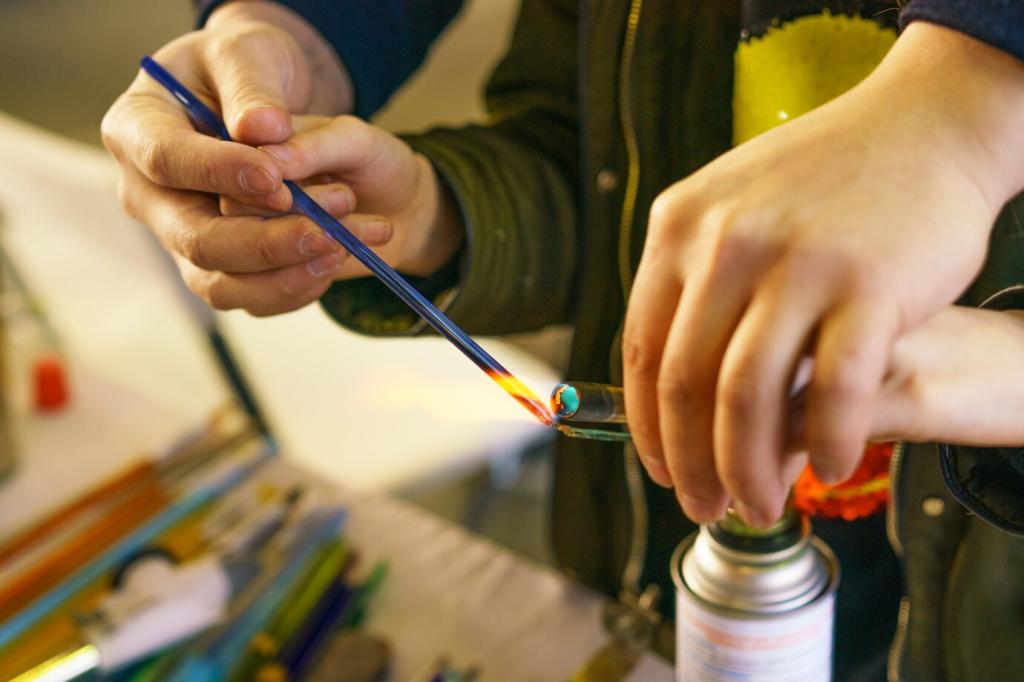DIY Cushion Replacement and Restoration: Bring Comfort Back to Life
Chosen theme: DIY Cushion Replacement and Restoration. Welcome to a hands-on home of comfort, craft, and character—where sagging seats, tired fabrics, and flattened foam get a second chance with practical steps, real stories, and the confidence to do it yourself.

Materials and Tools You’ll Actually Use
High-density polyurethane or HR foam offers dependable support; latex adds resilience and breathability. Wrap edges with polyester batting for gentle corners and a tailored silhouette. For outdoor cushions, quick-dry foam and mesh bottoms prevent soggy surprises and extend life dramatically.
Materials and Tools You’ll Actually Use
Look for upholstery fabrics with strong abrasion ratings and UV resistance for outdoor use. Choose coil zippers for flexibility or metal for rugged reliability. Stock piping cord, polyester thread, and heavy-duty needles to reinforce stress points and keep seams from creeping open.
Materials and Tools You’ll Actually Use
An electric carving knife or sharp serrated blade gives clean foam cuts. Use spray adhesive formulated for foam, and ventilate well. A long ruler, pattern weights, and fabric chalk keep your lines honest. Subscribe for our printable cushion checklist you can take to the store.
Measure, Pattern, and Cut With Confidence

Trace Old Covers the Smart Way
Carefully unpick the old cover and press pieces flat before tracing. Add consistent seam allowances, true the grain lines, and mark notches for corners. This method preserves a proven shape while correcting stretch and distortion from years of use.

Reusable Templates for Repeatable Results
Create cardboard or craft-board templates for tops, bottoms, and boxing strips. Label thickness, zipper placement, and seam allowances right on the template. Registration marks around corners help align piping and keep patterns symmetrical on every cushion you tackle.

Avoid Measurement Traps
Measure foam thickness without compressing it, account for batting wrap, and remember boxing strip length equals perimeter minus zipper overlaps. Note nap direction, stripe alignment, and zipper clearance. Ask questions in the comments if your cushion shape is unusual or curved.
Foam Replacement and Shaping Like a Pro
Mark cut lines with a long ruler and fine-tip marker, then use smooth, continuous strokes with an electric knife. Avoid sawing motions that leave ragged edges. A cardboard sled helps guide cuts and keeps both hands clear and steady for safety.

Foam Replacement and Shaping Like a Pro
If stacking foam, apply an even coat of foam-safe adhesive and wait for tack before joining. Chamfer top edges to prevent a hard ridge under the cover. Wrap with batting for a gentle crown that fills corners without stretching the fabric.
Sew Covers That Fit and Last
Boxed Cushions with Confident Piping
Cut bias strips for smooth piping around corners, stitch the welt cord evenly, and clip curves without cutting the seam. Pin generously, sew slowly, and keep seam allowances consistent. The result is crisp edges and a tailored shape that elevates any chair.


Zippers Without Headaches
Install a lapped zipper along the back boxing for a discreet, durable closure. Use zipper stops or tight bar tacks to secure ends, and choose a pull length that’s easy to grab. Practice once on scrap, then finish the real cushion with confidence.
Restore, Refresh, and Maintain Over Time
Deep Clean and Deodorize Safely
Vacuum seams, test cleaners for colorfastness, and treat stains with enzymes for organics and oxygen boosters for general grime. Lightly steam to refresh fibers. Baking soda helps neutralize odors, while sunning briefly can lift mildew smells from washable covers.
Outdoor Cushion Revival
Swap in quick-dry foam, add mesh bottoms for drainage, and treat fabric with UV and water repellent. Clean gently to avoid stripping finishes, and store cushions upright with airflow. Share your patio challenges so we can troubleshoot mildew and fading together.
A Simple Maintenance Rhythm
Rotate cushions monthly, fluff after heavy use, and spot-treat spills immediately. Check zippers and piping seasonally, and reapply fabric guard as needed. Subscribe for our printable care calendar and tell us which room needs a cushion rescue next.
